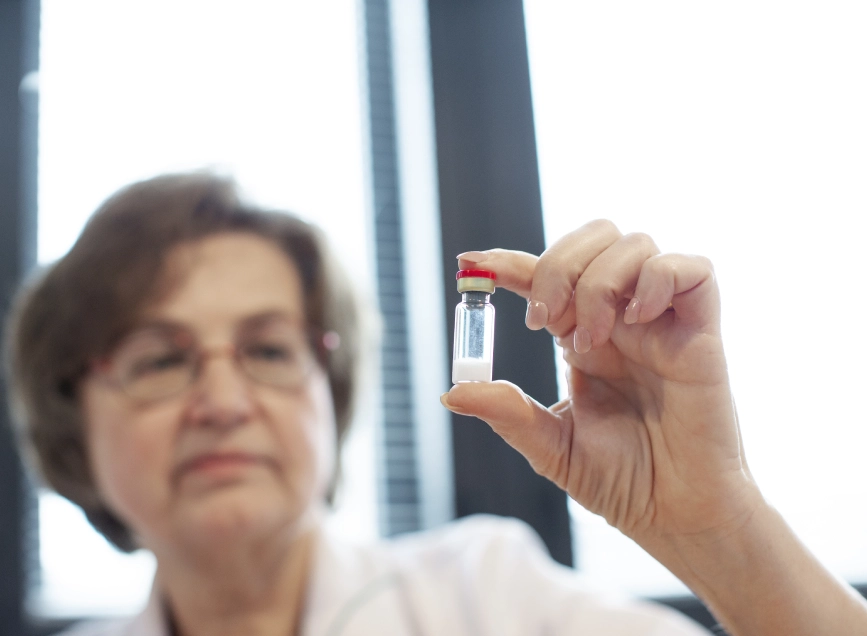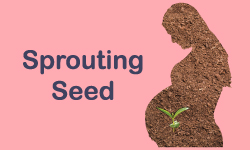
-
Posted By admin
-
-
Comments 0
Oocyte donation, commonly known as egg donation, is a groundbreaking medical procedure that helps women overcome fertility challenges and fulfill their dream of parenthood. This process involves a donor providing healthy eggs to assist those unable to conceive with their own. But how does it work and why is it so significant? In this blog, we’ll delve into the importance of oocyte donation, outline the step-by-step process and shed light on how it transforms lives, offering hope and new possibilities to families worldwide.
What is Oocyte Donation and Why is it Important?
Oocyte donation or egg donation, is a fertility treatment where a woman donates her eggs to help another person or couple have a child. The donated eggs are fertilized with sperm, either from the recipient’s partner or a sperm donor and the embryos are placed in the recipient’s uterus through in-vitro fertilization (IVF). The recipient then carries the pregnancy and gives birth to the baby.
This treatment is an important option for people who cannot have children using their own eggs. It is helpful for women with medical issues affecting their ovaries, those with early menopause or those who have had cancer treatments that affected their fertility. Women who are older and have lower egg quality can also benefit. Additionally, same-sex male couples and single men who want to become parents often use donated eggs along with a gestational surrogate.
Oocyte donation is more than just a medical treatment. It’s an incredible act of kindness. For those who receive the donation, it brings hope and the chance to become parents. For donors, it’s a way to make a meaningful difference in someone else’s life.
The Step by Step Egg Donation Process
The journey of oocyte donation is detailed and carefully monitored to ensure the safety and well-being of both the donor and the recipient. Below is a step-by-step overview of the process:
Step 1: Initial Screening
The process begins with an extensive screening of prospective egg donors. This includes:
Medical Evaluation:
This involves comprehensive blood tests, genetic screenings and physical assessments to evaluate the donor’s overall health and fertility potential. These tests ensure the donor has no conditions that could affect the quality of the eggs or pose risks during the process.
Psychological Evaluation
Mental health professionals conduct interviews and assessments to evaluate the donor’s emotional readiness for egg donation. They also ensure that the donor fully understands the medical, ethical and emotional aspects of the process.
Lifestyle Assessment
Donors are asked detailed questions about their habits, lifestyle choices and personal history. Factors like smoking, alcohol consumption and diet are considered to ensure the donor meets the health requirements and can complete the donation process.
Step 2: Legal and Ethical Agreements
Before proceeding, donors and recipients sign legal agreements that define their roles and rights. These agreements typically relinquish the donor’s parental rights to the eggs and any resulting embryos or children. Ethical considerations, such as whether the donation is anonymous or known, are also clarified.
Step 3: Hormonal Stimulation
Once approved, the donor undergoes hormonal treatment to stimulate her ovaries to produce multiple eggs. This involves daily injections of follicle-stimulating hormone (FSH) for about 10-14 days. The goal is to encourage the maturation of several eggs in a single cycle, as opposed to the natural cycle, which typically matures just one egg.
During this phase, donors may experience temporary side effects such as bloating, mood swings or mild discomfort. Regular monitoring is crucial to track the donor’s response to the medication.
Step 4: Monitoring
Throughout the hormonal stimulation process, donors attend frequent appointments for ultrasounds and blood tests. These checkups ensure the ovaries are responding appropriately and help determine the optimal time for egg retrieval. The monitoring phase is essential for minimizing risks like ovarian hyperstimulation syndrome (OHSS).
Step 5: Egg Retrieval
Once the eggs are mature, the donor undergoes an outpatient procedure to retrieve them. The retrieval is performed under sedation and typically lasts 20-30 minutes. A doctor uses a thin needle guided by ultrasound to extract the eggs from the ovarian follicles.
Most donors experience minimal discomfort after the procedure and can resume normal activities within a day or two. The eggs are then immediately prepared for fertilization in a laboratory.
Step 6: Post-Retrieval Recovery
After the procedure, donors are given time to recover and are provided with instructions for aftercare. Follow-up appointments ensure their health and well-being.
FAQs
Who is eligible to become an oocyte donor?
Oocyte donors are typically healthy women between the ages of 21 and 35 with no significant medical or genetic conditions. They must undergo thorough medical, psychological and lifestyle evaluations to ensure their suitability for the process.
Is the egg donation process painful?
The egg donation process involves hormonal injections and an egg retrieval procedure. While some women may experience mild discomfort or bloating during hormonal stimulation, the egg retrieval itself is performed under sedation, minimizing any pain. Most donors recover quickly, experiencing only mild discomfort afterward.
Does donating eggs affect a woman’s future fertility?
No, donating eggs does not impact a donor’s ability to conceive in the future. Women are born with a large reserve of eggs and the donation process retrieves only a small fraction of them. The ovaries continue to function normally after the donation.







